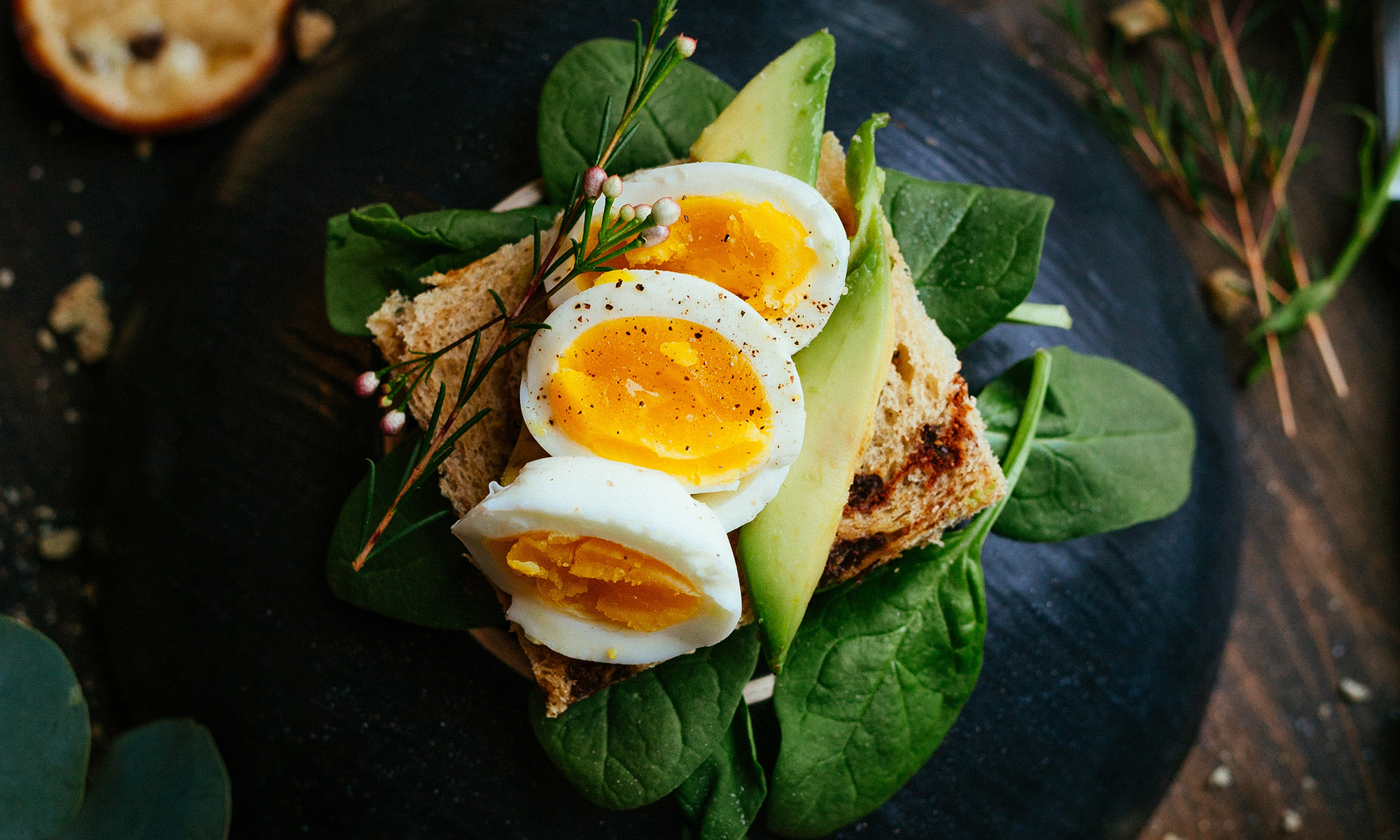I love experimenting with Asian cuisine, especially Chinese recipes. I try to keep my pantry stocked with all sorts of spices and condiments so that when the mood strikes, I’m prepared to follow any direction. Friends have often commented that my refrigerator looks like it belongs to a Chinese grandmother and not a Jewish thirty-something. In the summer, my “pantry” is further supplied by growing scallions, cilantro and ginger in my garden. Yes, ginger.
We’ve all experienced this… we go to the market and buy a knob of ginger knowing that we only need an inch of it for any given recipe. The rest gets buried in the bottom of the vegetable crisper. And while it’s not so much waste that we should feel guilty, we still hope to use it up before it turns shriveled and mold. Some have suggested freezing ginger, but this sufficiently alters the composition that when eventually cooking with it, the aromas are a little more difficult to coax out.
During the summer, the best storage method is in the ground. I take a regular, ole supermarket hand of ginger and bury it in the garden. Invariably, I forget the exact location. The next time a recipe calls for ginger, I forage in the dirt until I find it. Fortunately, after a few weeks, the ginger as it continues to grow, shoots out sprouts to announce its location.
After I break off what I need, I re-bury it in the ground again. This resilient rhizome continues to grow despite the multiple disruptions.
You can see the sprouts are attached to young ginger. The skin is thinner than "older" ginger, the flavor is more mild and the ginger itself is less fiberous.
A note of caution: One winter, I experimented with growing ginger in a pot indoors, and leaving a hand outside, buried. The ginger inside turned mushy, fiberous and hollow: a disaster. The wintered-over ginger was equally disastrous. If you've had success growing ginger in the winter in a snowy climate, I'd love to hear about it.
For more insight on fresh ginger, visit Lydia's blogs: The Perfect Pantry and Nine Cooks.
Thanks, Lydia, for taking great photos!
Peanut Dipping Sauce
This is great for an Asian style crudités or Chicken Satay.
5 tbs. fresh ginger, chopped
3 tbs. lemon grass, chopped
3 tbs. garlic, chopped
3 tbs. shallots, chopped
1tbs peanut oil
chicken stock
10 oz. raw peanuts, toasted
1 tbs. mirin
½ lime, juiced
2 tbs. rice wine vinegar
3 tbs. soy sauce
2 tbs fresh cilantro chopped
1. Sweat 3 tbs. of ginger with lemon grass, garlic and shallots in peanut oil
2. Puree above in a food processor with peanuts, remaining ginger, and chicken stock to thin.
3. Season with lime juice, rice vinegar, mirin and soy sauce. Adjust seasoning to taste.
4. Stir in fresh cilantro


